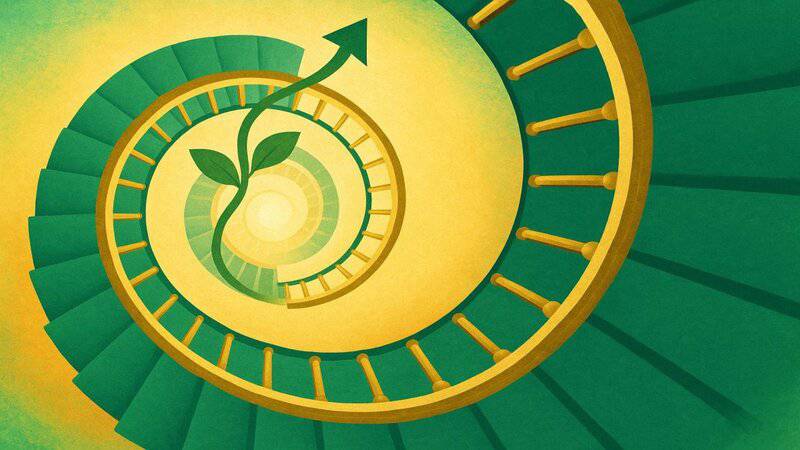Many people think of healing as a steady, upward climb—one where we leave pain and setbacks behind forever. In reality, healing is a spiral: we circle around familiar struggles, but each time with more knowledge, strength, and perspective. This spiral journey isn’t a sign of failure—it’s a testament to how far we’ve come, even if challenges reappear. Recognizing the cyclical nature of healing can be deeply empowering, offering hope to anyone who feels stuck or discouraged on their path. Understanding the spiral frees us to embrace growth at every turn.

















